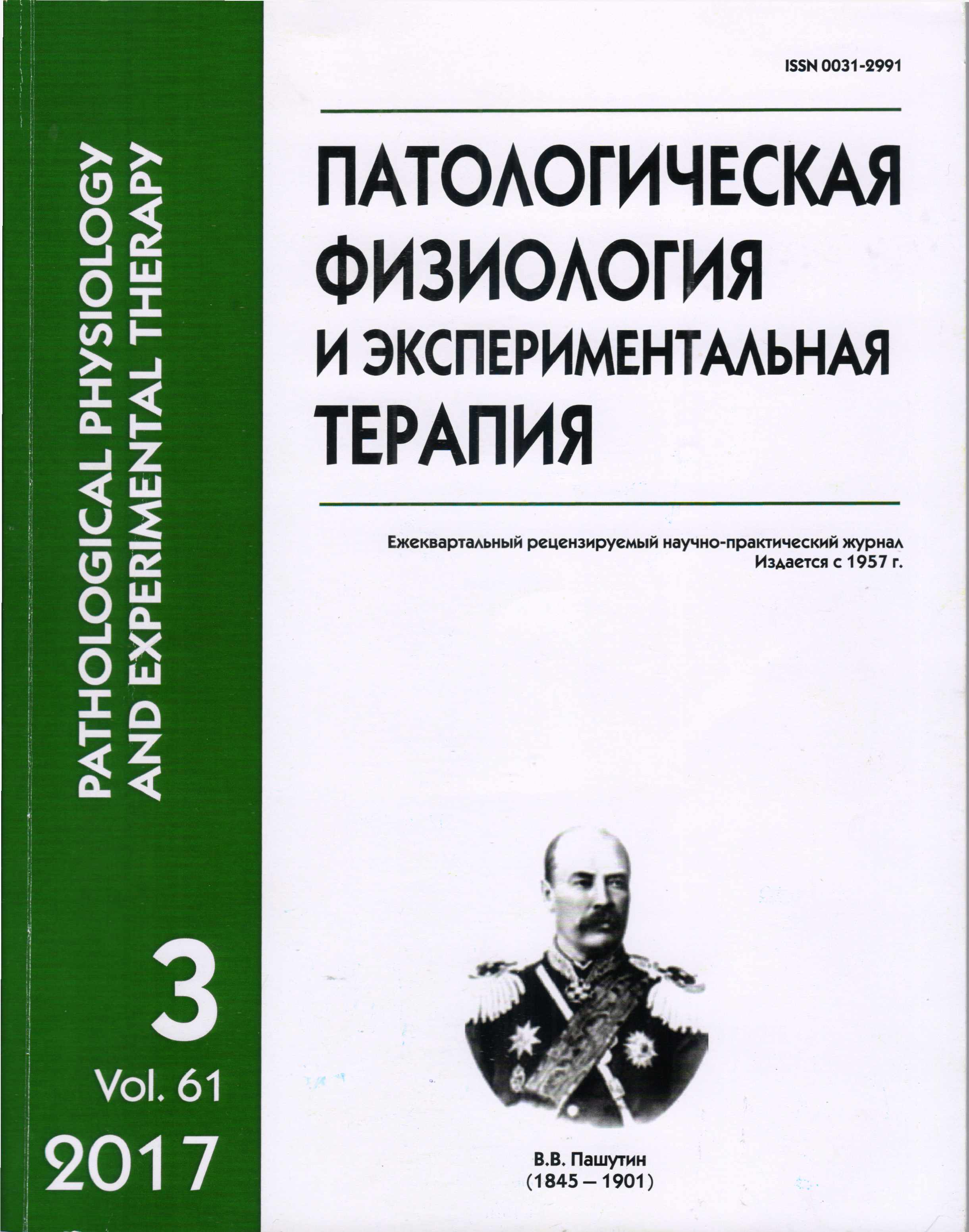Variability trombogramm test thrombin generation
Abstract
According to the results of the thrombin generation test (TGT) thrombinogenesis is evaluated mainly by quantitative indicators. At the moment there is no consensus in the literature about the diagnostic value of time parameters. The purpose. To research the variability of TGT in platelet-poor plasma from healthy individuals. Methods. The study used platelet-poor plasma of 30 healthy individuals (9 men and 21 women) without clinical manifestations of atherosclerosis, age from 30 to 56 years. All subjects also received standard study hemostasis APTT (s), Quick prothrombin test (%), fibrinogen content (g/l) and D-dimers (µg/ml), antithrombin activity (%) and INR. Results. The analysis of indicators trombogramm TGT in healthy people who have normal coagulation on the results of routine coagulation tests. It has been found that variability trombogramm performance, when added to the formulation of recombinant human thrombomodulin (rh-TM), reveals latent tendency to hypercoagulability. The most informative indicator of temporary changes were LT (Lag to Time). Lack LT change or an increase in this indicator with the addition of rh-TM was accompanied by a significant increase in the number and rate of formation of thrombin, reflecting a tendency to hypercoagulability. Conclusions. Changing the time of initiation of blood clotting (LT) after the addition of rh-TM allows to reveal hidden imbalance in the hemostatic system.






